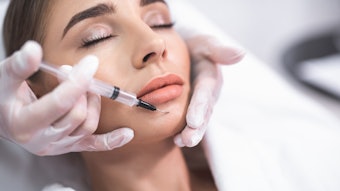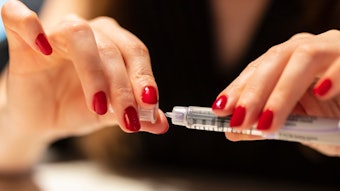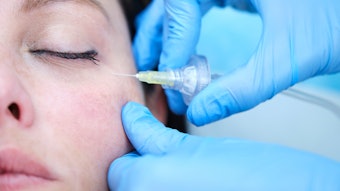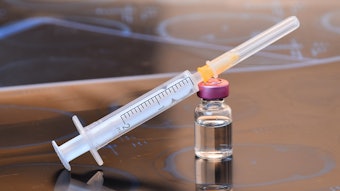
Labiaplasty is a cosmetic skin procedure in which the inner labial skin of the labia (labia minor) is trimmed and tucked behind the outer labia (labia majora). The procedure is typically performed in-office with local numbing medication (no sedation or general anesthesia) and takes about 30 minutes.
According to the American Society for Aesthetic Plastic Surgery, labiaplasty rates in the United States increased more than 50% between 2014 and 2018, and among cosmetic operations, labiaplasty has the greatest increase in the annual rate of procedures performed.1
Alexis Parcells, M.D., board-certified plastic surgeon and founder of Sunnie Skincare, has performed hundreds of labiaplasties in her office every year on patients ranging in age from 18 to 45.
“Labiaplasty surgery is extremely safe,” Parcells said. “In my practice, I’m removing extra skin. I do not take tissue around the clitoris and surrounding structures, so sensation and sexual function remain preserved. In fact, many of my patients say sex is more pleasurable because the chafing factor is eliminated.”
Parcells said patients can resume routine light daily activities after a few days. If they are healing well by the one-month mark, they are cleared for all types of exercise and are cleared to resume sexual activity at six weeks.
The increase in demand has been attributed to a variety of factors, including the rise in tight-fitting athleisurewear, the popularity of indoor cycling and women feeling more empowered to consider the surgery.
“Many women are focusing on themselves and their appearance more than ever before,” Parcells said. “In-office procedures, such as labiaplasty, require minimal downtime and provide significant results in terms of comfort while wearing all types of clothing and in versatile physical fitness activities. This, in addition to an increase in overall self-confidence, are all reasons why we are seeing an uptick in requests.”
Another factor is the high satisfaction rate of the surgery. In a 2020 study2, labiaplasty patients reported a 96% improvement in self-confidence, comfort in wearing tight clothing and increased quality of life.
Despite the promising studies, there are still stigmas about labiaplasty surgery and some patients display strong opinions toward the procedure. A survey of 448 adult women in May 2022 found strong negative opinions towards the procedure were not swayed by educational materials.3
“I think there are a lot of stigmas around this procedure,” Parcells said. “That it’s invasive, that the potential complications are common and severe, that it requires general anesthesia and that it is incredibly painful with a long recovery.”
Parcells thinks strong education can help shift patient opinions, and she has seen the relief in her patients who are worried about the procedure.
“Validating a woman’s concerns about her anatomy and reassuring her that a sensible solution exists is a game-changing confidence booster,” said Parcells.
REFERENCES:
- American Society for Aesthetic Plastic Surgery. Cosmetic (aesthetics) surgery national data bank statistics . Garden Grove (CA): ASAPS; 2018.
- Turini T, Weck Roxo A C, Serra-Guimarães F. The impact of labiaplasty on sexuality. Plast Reconstr Surg. 2018;141(01):87–92. - PubMed
- Sasson DC, Hamori CA, Placik OJ. Labiaplasty: The Stigma Persists. Aesthet Surg J. 2022 May 18;42(6):638-643. doi: 10.1093/asj/sjab335. PMID: 34498668.











